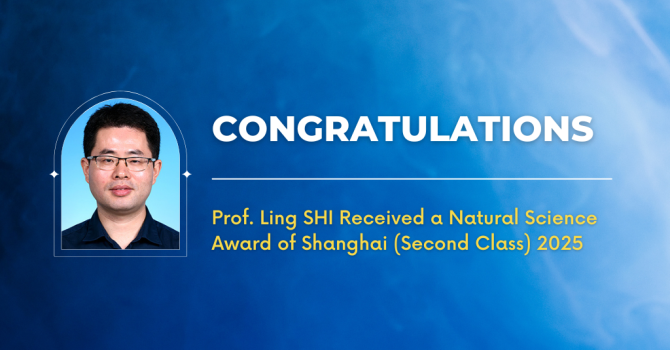A Research Team Led by Prof. Jianan QU Developed an Adaptive Optics Two-photon Microscopy which Would Shed New Light on the Neurodegenerative Diseases in the Central Nervous System
A research team led by Prof. Jianan QU has developed an adaptive optics two-photon excitation fluorescence microscopy (AO-TPEFM) using direct wavefront sensing for high-resolution in vivo fluorescence imaging of mouse retina, which allows in vivo fundus imaging at an unprecedented resolution after full AO correction. The advance will provide a promising ground for non-invasive retinal imaging, and would also shed new light on the neurodegenerative diseases in the central nervous system (CNS). The research work was published in the journal Light: Science & Applications on May 6, 2020.
The Paper
Light: Science & Applications – Adaptive optics two-photon microscopy enables near-diffraction-limited and functional retinal imaging in vivo
Related News
EurekAlert! – Cutting edge two-photon microscopy system breaks new grounds in retinal imaging
Medical Press – Cutting edge two-photon microscopy system breaks new grounds in retinal imaging
Brinkwire – Cutting edge two-photon microscopy system breaks new grounds in retinal imaging
Mindzilla – Cutting edge two-photon microscopy system breaks new grounds in retinal imaging
Azo Life Sciences – Innovative two-photon microscopy enables in vivo subcellular imaging of the retina



